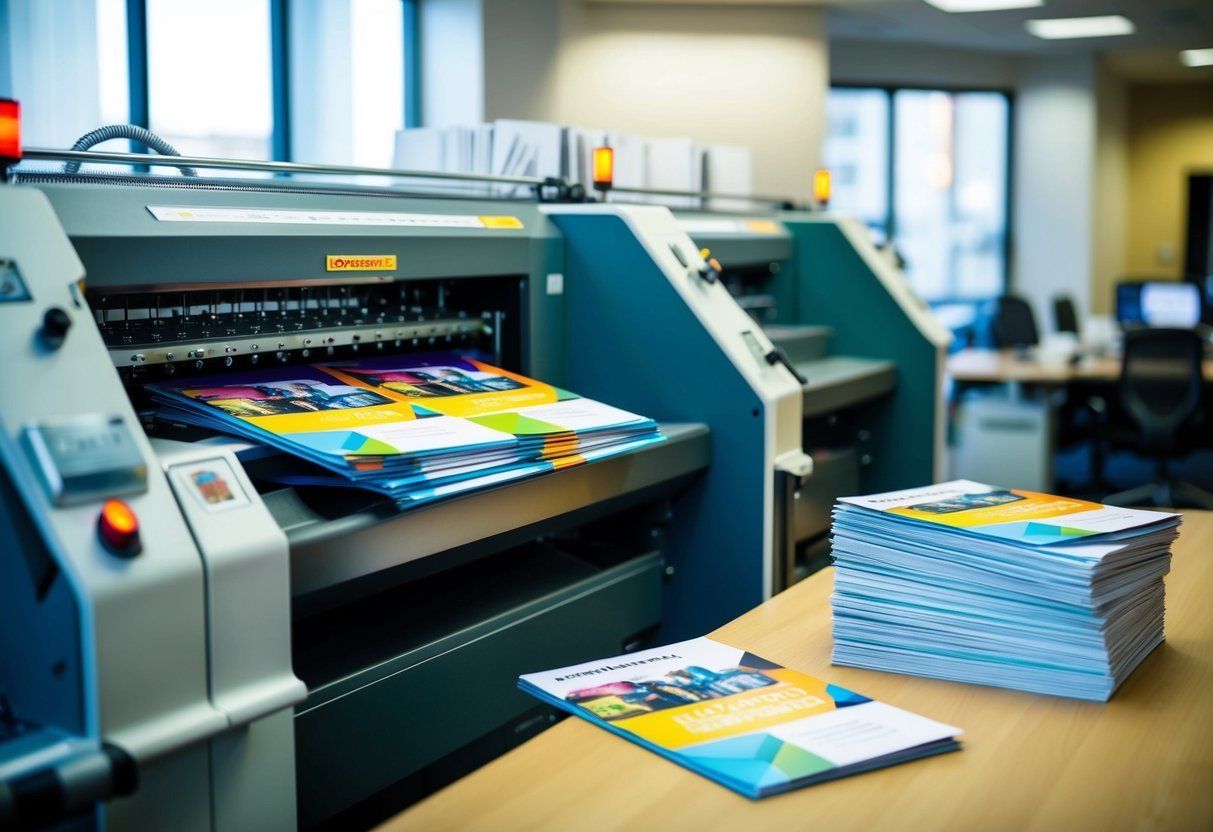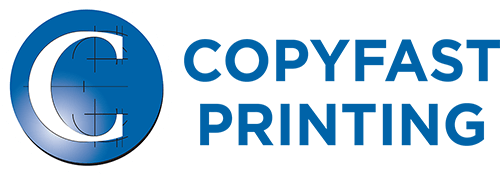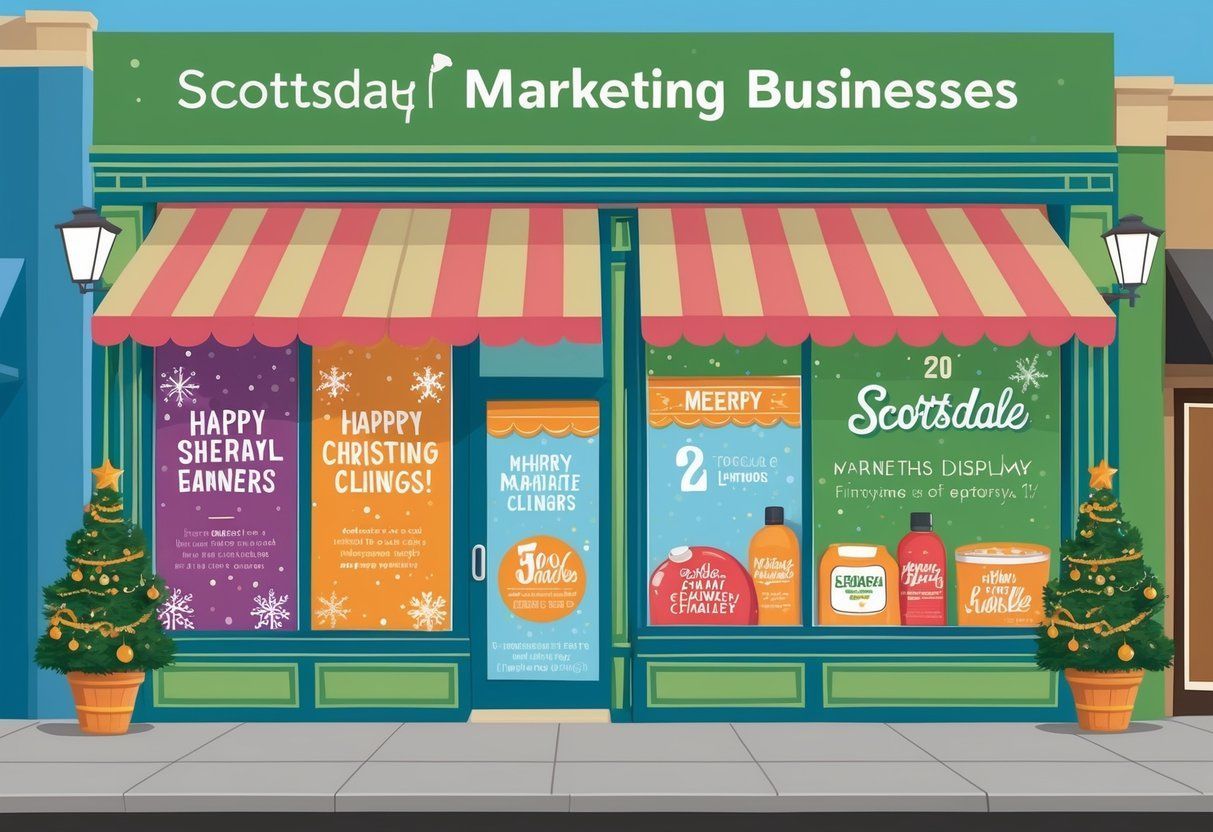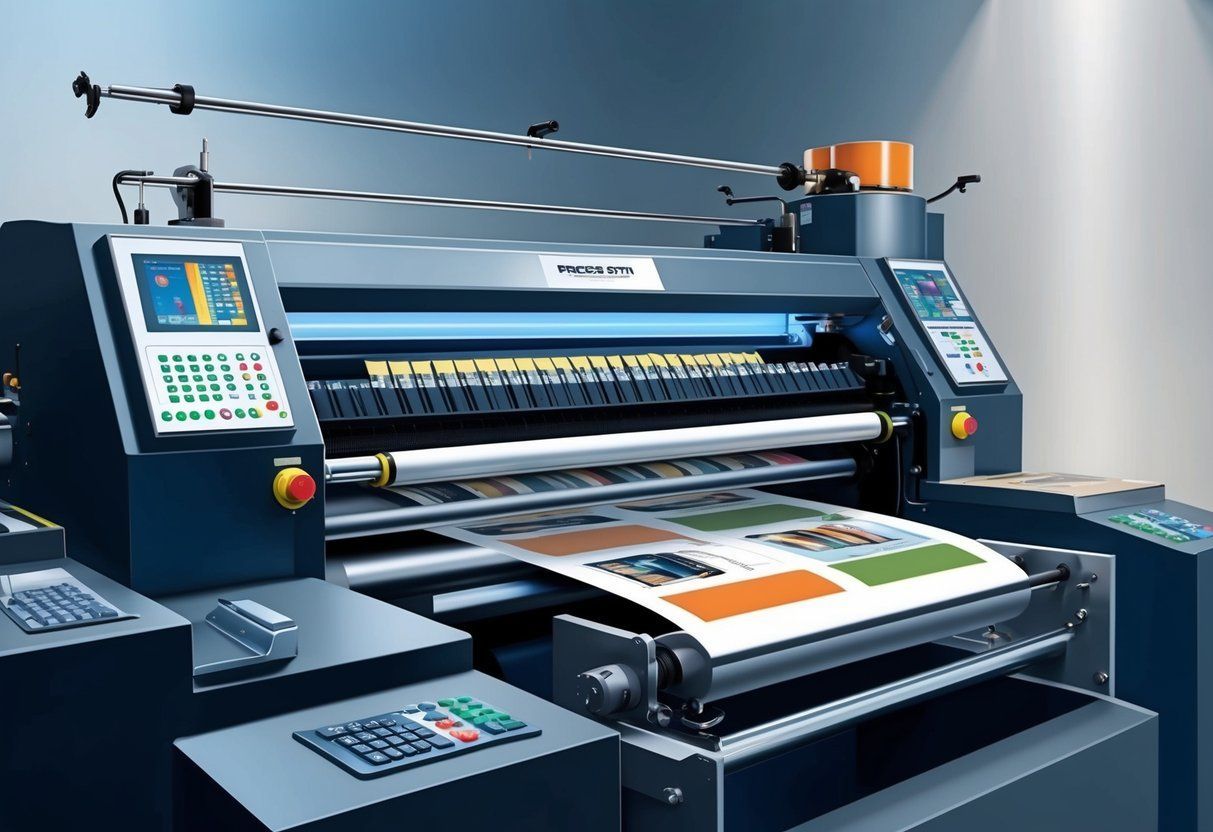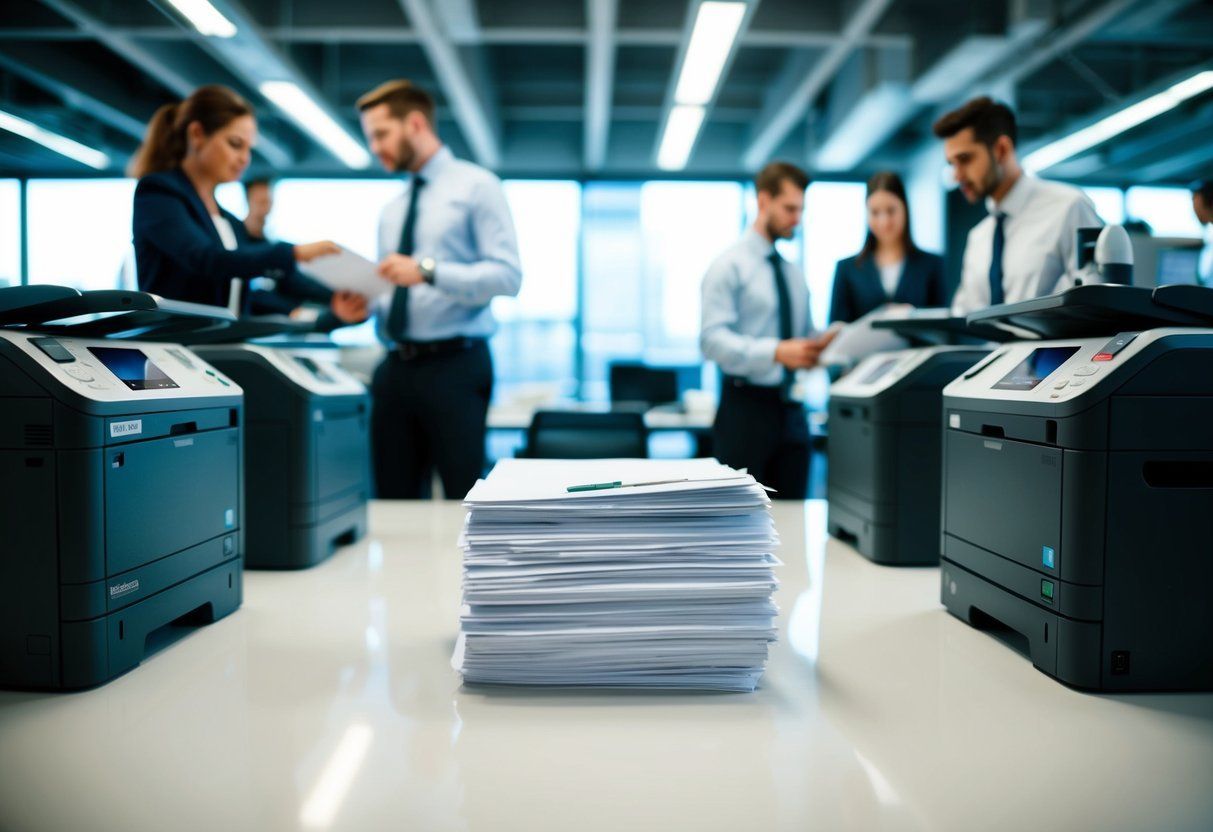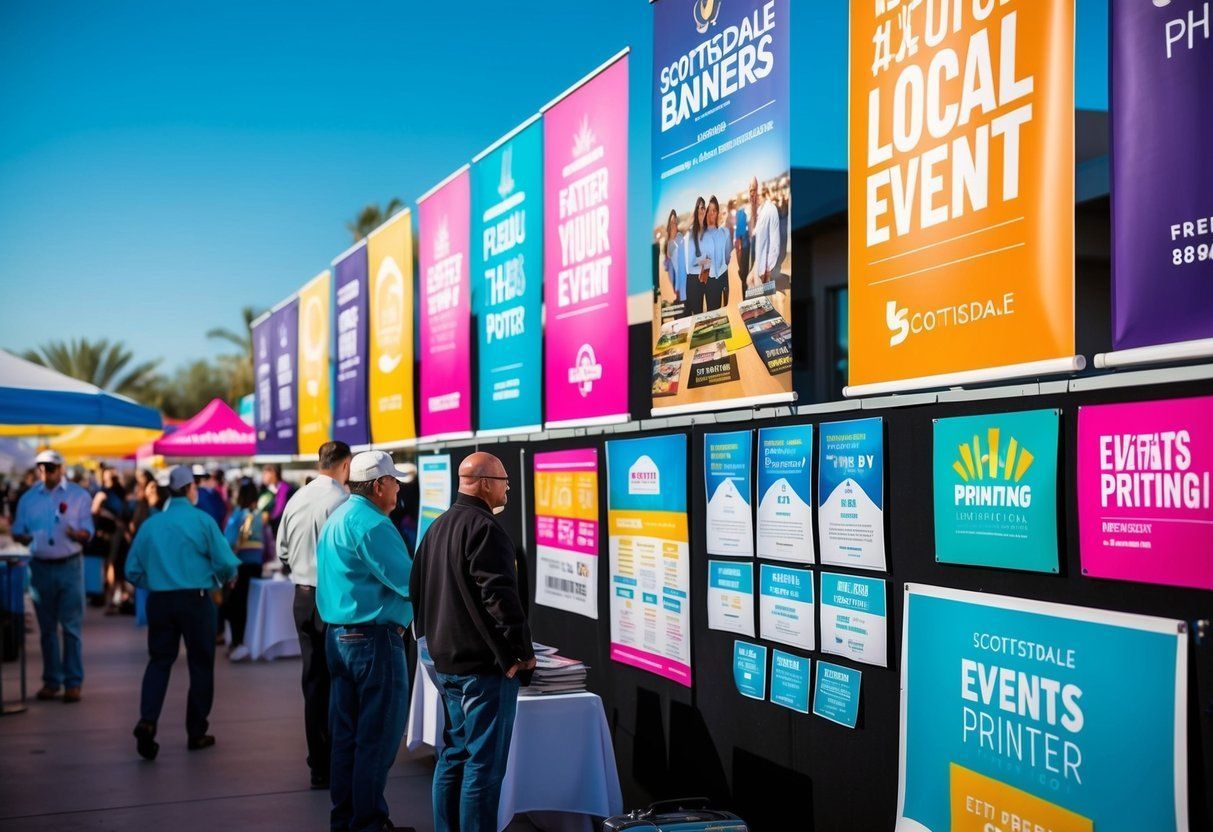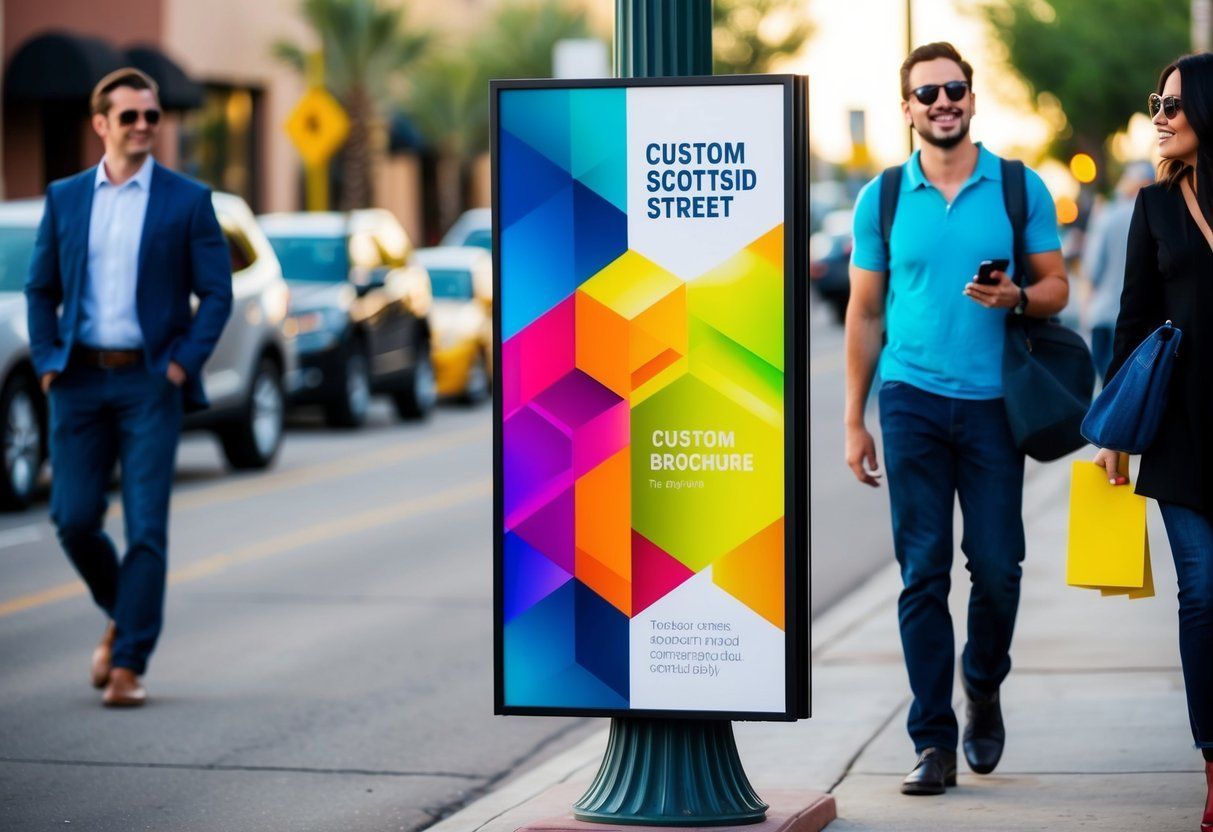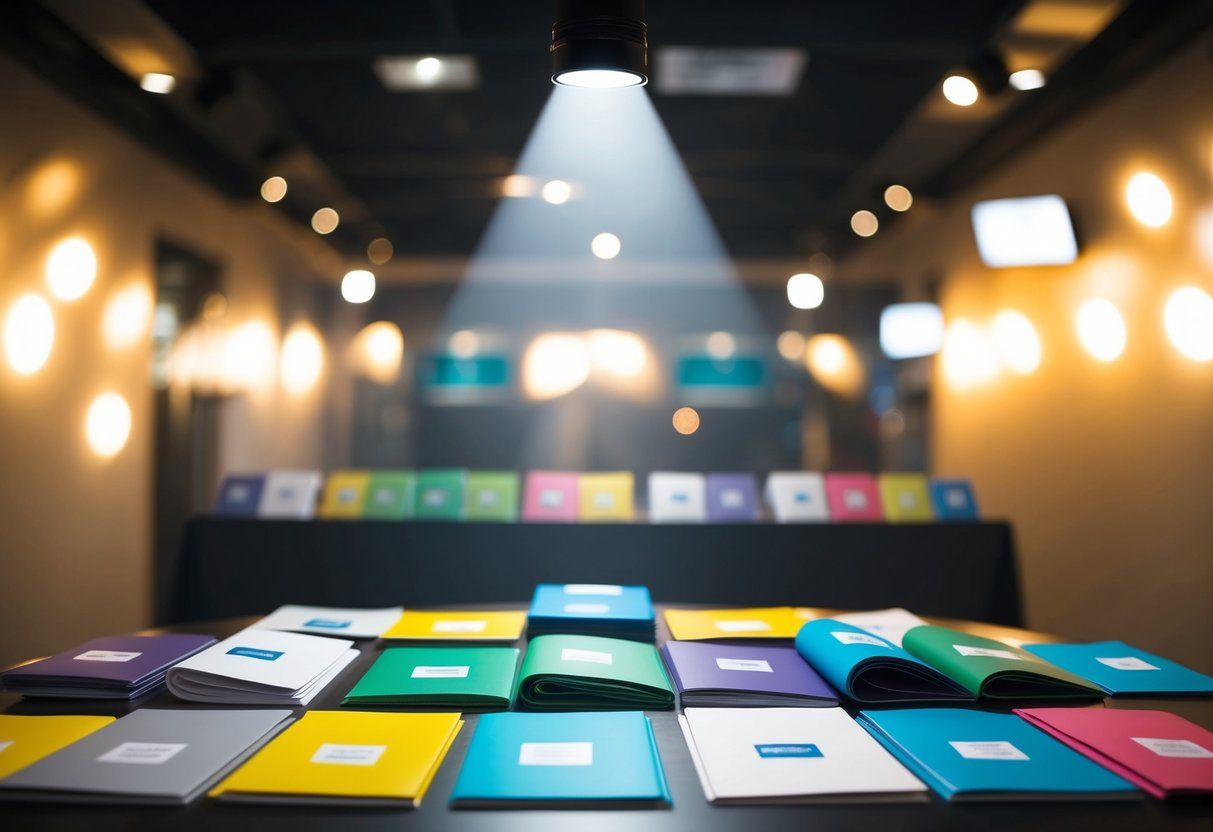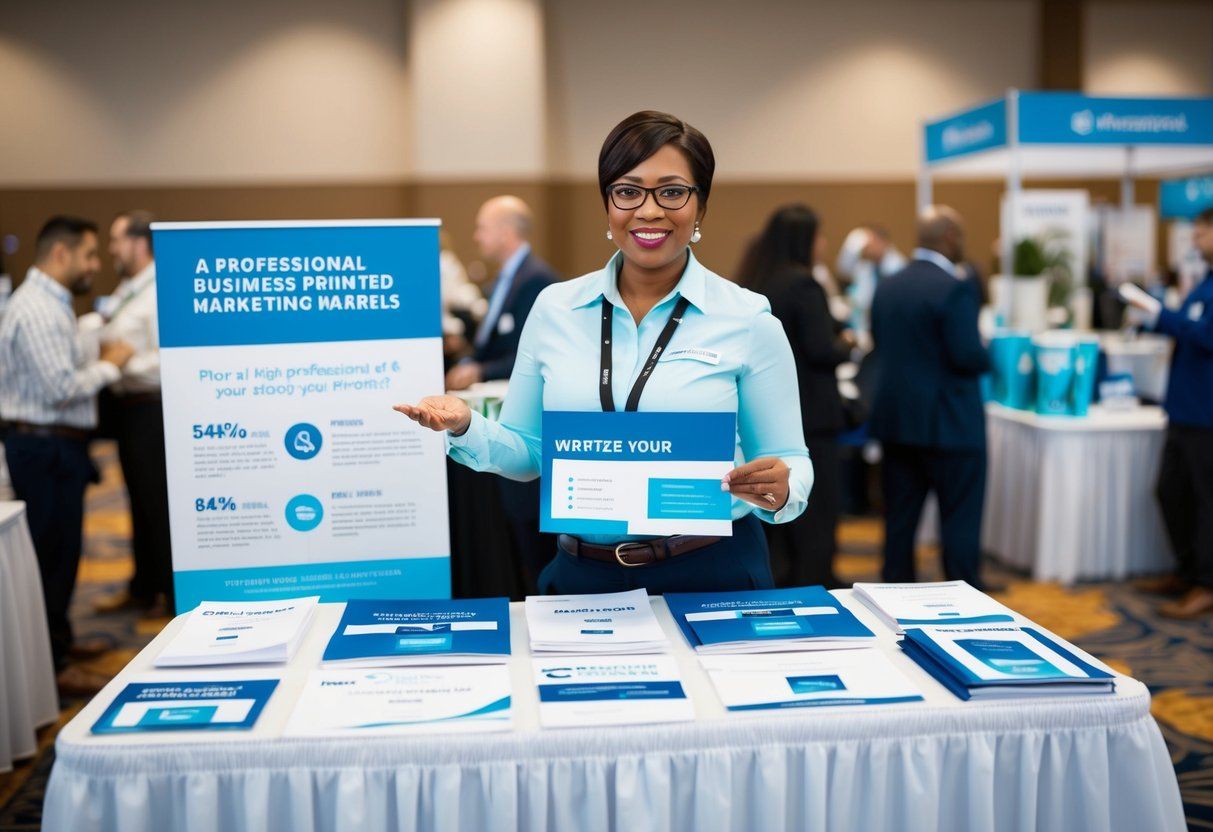Scottsdale Print Shop ) Mesa Print Shop ) Tempe Print Shop ) Phoenix Print Shop ) DC Ranch Print Shop ) Chandler Print Shop ) Peoria Print Shop ) Fountain Hills Print Shop ) Sun City Print Shop ) Glendale Print Shop ) Paradise Valley Print Shop ) Goodyear Print Shop ) Queen Creek Print Shop ) Avondale Print Shop ) Desert Ridge Print Shop ) Apache Junction Print Shop ) North Scottsdale Print Shop ) Pinnacle Peak Print Shop ) Grayawk Print Shop ) Kierland Print Shop ) Windsong Print Shop ) Mcdowell Mountain Ranch Print Shop ) Gainey Ranch Print Shop ) McCormick Ranch Print Shop ) Deer Valley Print Shop ) Arcadia Print Shop ) Troon Print Shop ) Silverleaf Print Shop ) Cave Creek Print Shop ) Old Town Print Shop ) South Scottsdale Print Shop ) Ancala Print Shop ) Central Phoenix Print Shop ) Carefree Print Shop ) Toleson Print Shop ) Ironwood Village Print Shop ) WIndgate Ranch Print Shop ) Northsight Print Shop ) Shea Print Shop ) Tatum Ranch Print Shop ) Casa Grande Print Shop ) Gilbert Print Shop ) Suprise Print Shop ) Buckeye Print Shop ) Scottsdale Banner Printing ) Mesa Banner Printing ) Tempe Banner Printing ) Phoenix Banner Printing ) DC Ranch Banner Printing ) Chandler Banner Printing ) Peoria Banner Printing ) Fountain Hills Banner Printing ) Sun City Banner Printing ) Glendale Banner Printing ) Paradise Valley Banner Printing ) Goodyear Banner Printing ) Queen Creek Banner Printing ) Avondale Banner Printing ) Desert Ridge Banner Printing ) Apache Junction Banner Printing ) North Scottsdale Banner Printing ) Pinnacle Peak Banner Printing ) Grayawk Banner Printing ) Kierland Banner Printing ) Windsong Banner Printing ) Mcdowell Mountain Ranch Banner Printing ) Gainey Ranch Banner Printing ) McCormick Ranch Banner Printing ) Deer Valley Banner Printing ) Arcadia Banner Printing ) Troon Banner Printing ) Silverleaf Banner Printing ) Cave Creek Banner Printing ) Old Town Banner Printing ) South Scottsdale Banner Printing ) Ancala Banner Printing ) Central Phoenix Banner Printing ) Carefree Banner Printing ) Toleson Banner Printing ) Ironwood Village Banner Printing ) WIndgate Ranch Banner Printing ) Northsight Banner Printing ) Shea Banner Printing ) Tatum Ranch Banner Printing ) Casa Grande Banner Printing ) Gilbert Banner Printing ) Suprise Banner Printing ) Buckeye Banner Printing ) Scottsdale Book Binding ) Mesa Book Binding ) Tempe Book Binding ) Phoenix Book Binding ) DC Ranch Book Binding ) Chandler Book Binding ) Peoria Book Binding ) Fountain Hills Book Binding ) Sun City Book Binding ) Glendale Book Binding ) Paradise Valley Book Binding ) Goodyear Book Binding ) Queen Creek Book Binding ) Avondale Book Binding ) Desert Ridge Book Binding ) Apache Junction Book Binding ) North Scottsdale Book Binding ) Pinnacle Peak Book Binding ) Grayawk Book Binding ) Kierland Book Binding ) Windsong Book Binding ) Mcdowell Mountain Ranch Book Binding ) Gainey Ranch Book Binding ) McCormick Ranch Book Binding ) Deer Valley Book Binding ) Arcadia Book Binding ) Troon Book Binding ) Silverleaf Book Binding ) Cave Creek Book Binding ) Old Town Book Binding ) South Scottsdale Book Binding ) Ancala Book Binding ) Central Phoenix Book Binding ) Carefree Book Binding ) Toleson Book Binding ) Ironwood Village Book Binding ) WIndgate Ranch Book Binding ) Northsight Book Binding ) Shea Book Binding ) Tatum Ranch Book Binding ) Casa Grande Book Binding ) Gilbert Book Binding ) Suprise Book Binding ) Buckeye Book Binding ) Scottsdale Booklet Printing ) Mesa Booklet Printing ) Tempe Booklet Printing ) Phoenix Booklet Printing ) DC Ranch Booklet Printing ) Chandler Booklet Printing ) Peoria Booklet Printing ) Fountain Hills Booklet Printing ) Sun City Booklet Printing ) Glendale Booklet Printing ) Paradise Valley Booklet Printing ) Goodyear Booklet Printing ) Queen Creek Booklet Printing ) Avondale Booklet Printing ) Desert Ridge Booklet Printing ) Apache Junction Booklet Printing ) North Scottsdale Booklet Printing ) Pinnacle Peak Booklet Printing ) Grayawk Booklet Printing ) Kierland Booklet Printing ) Windsong Booklet Printing ) Mcdowell Mountain Ranch Booklet Printing ) Gainey Ranch Booklet Printing ) McCormick Ranch Booklet Printing ) Deer Valley Booklet Printing ) Arcadia Booklet Printing ) Troon Booklet Printing ) Silverleaf Booklet Printing ) Cave Creek Booklet Printing ) Old Town Booklet Printing ) South Scottsdale Booklet Printing ) Ancala Booklet Printing ) Central Phoenix Booklet Printing ) Carefree Booklet Printing ) Toleson Booklet Printing ) Ironwood Village Booklet Printing ) WIndgate Ranch Booklet Printing ) Northsight Booklet Printing ) Shea Booklet Printing ) Tatum Ranch Booklet Printing ) Casa Grande Booklet Printing ) Gilbert Booklet Printing ) Suprise Booklet Printing ) Buckeye Booklet Printing ) Scottsdale Brochure Printing ) Mesa Brochure Printing ) Tempe Brochure Printing ) Phoenix Brochure Printing ) DC Ranch Brochure Printing ) Chandler Brochure Printing ) Peoria Brochure Printing ) Fountain Hills Brochure Printing ) Sun City Brochure Printing ) Glendale Brochure Printing ) Paradise Valley Brochure Printing ) Goodyear Brochure Printing ) Queen Creek Brochure Printing ) Avondale Brochure Printing ) Desert Ridge Brochure Printing ) Apache Junction Brochure Printing ) North Scottsdale Brochure Printing ) Pinnacle Peak Brochure Printing ) Grayawk Brochure Printing ) Kierland Brochure Printing ) Windsong Brochure Printing ) Mcdowell Mountain Ranch Brochure Printing ) Gainey Ranch Brochure Printing ) McCormick Ranch Brochure Printing ) Deer Valley Brochure Printing ) Arcadia Brochure Printing ) Troon Brochure Printing ) Silverleaf Brochure Printing ) Cave Creek Brochure Printing ) Old Town Brochure Printing ) South Scottsdale Brochure Printing ) Ancala Brochure Printing ) Central Phoenix Brochure Printing ) Carefree Brochure Printing ) Toleson Brochure Printing ) Ironwood Village Brochure Printing ) WIndgate Ranch Brochure Printing ) Northsight Brochure Printing ) Shea Brochure Printing ) Tatum Ranch Brochure Printing ) Casa Grande Brochure Printing ) Gilbert Brochure Printing ) Suprise Brochure Printing ) Buckeye Brochure Printing ) Scottsdale Business Card Printing ) Mesa Business Card Printing ) Tempe Business Card Printing ) Phoenix Business Card Printing ) DC Ranch Business Card Printing ) Chandler Business Card Printing ) Peoria Business Card Printing ) Fountain Hills Business Card Printing ) Sun City Business Card Printing ) Glendale Business Card Printing ) Paradise Valley Business Card Printing ) Goodyear Business Card Printing ) Queen Creek Business Card Printing ) Avondale Business Card Printing ) Desert Ridge Business Card Printing ) Apache Junction Business Card Printing ) North Scottsdale Business Card Printing ) Pinnacle Peak Business Card Printing ) Grayawk Business Card Printing ) Kierland Business Card Printing ) Windsong Business Card Printing ) Mcdowell Mountain Ranch Business Card Printing ) Gainey Ranch Business Card Printing ) McCormick Ranch Business Card Printing ) Deer Valley Business Card Printing ) Arcadia Business Card Printing ) Troon Business Card Printing ) Silverleaf Business Card Printing ) Cave Creek Business Card Printing ) Old Town Business Card Printing ) South Scottsdale Business Card Printing ) Ancala Business Card Printing ) Central Phoenix Business Card Printing ) Carefree Business Card Printing ) Toleson Business Card Printing ) Ironwood Village Business Card Printing ) WIndgate Ranch Business Card Printing ) Northsight Business Card Printing ) Shea Business Card Printing ) Tatum Ranch Business Card Printing ) Casa Grande Business Card Printing ) Gilbert Business Card Printing ) Suprise Business Card Printing ) Buckeye Business Card Printing ) Scottsdale Catalog Printing ) Mesa Catalog Printing ) Tempe Catalog Printing ) Phoenix Catalog Printing ) DC Ranch Catalog Printing ) Chandler Catalog Printing ) Peoria Catalog Printing ) Fountain Hills Catalog Printing ) Sun City Catalog Printing ) Glendale Catalog Printing ) Paradise Valley Catalog Printing ) Goodyear Catalog Printing ) Queen Creek Catalog Printing ) Avondale Catalog Printing ) Desert Ridge Catalog Printing ) Apache Junction Catalog Printing ) North Scottsdale Catalog Printing ) Pinnacle Peak Catalog Printing ) Grayawk Catalog Printing ) Kierland Catalog Printing ) Windsong Catalog Printing ) Mcdowell Mountain Ranch Catalog Printing ) Gainey Ranch Catalog Printing ) McCormick Ranch Catalog Printing ) Deer Valley Catalog Printing ) Arcadia Catalog Printing ) Troon Catalog Printing ) Silverleaf Catalog Printing ) Cave Creek Catalog Printing ) Old Town Catalog Printing ) South Scottsdale Catalog Printing ) Ancala Catalog Printing ) Central Phoenix Catalog Printing ) Carefree Catalog Printing ) Toleson Catalog Printing ) Ironwood Village Catalog Printing ) WIndgate Ranch Catalog Printing ) Northsight Catalog Printing ) Shea Catalog Printing ) Tatum Ranch Catalog Printing ) Casa Grande Catalog Printing ) Gilbert Catalog Printing ) Suprise Catalog Printing ) Buckeye Catalog Printing ) Scottsdale Commercial Printing ) Mesa Commercial Printing ) Tempe Commercial Printing ) Phoenix Commercial Printing ) DC Ranch Commercial Printing ) Chandler Commercial Printing ) Peoria Commercial Printing ) Fountain Hills Commercial Printing ) Sun City Commercial Printing ) Glendale Commercial Printing ) Paradise Valley Commercial Printing ) Goodyear Commercial Printing ) Queen Creek Commercial Printing ) Avondale Commercial Printing ) Desert Ridge Commercial Printing ) Apache Junction Commercial Printing ) North Scottsdale Commercial Printing ) Pinnacle Peak Commercial Printing ) Grayawk Commercial Printing ) Kierland Commercial Printing ) Windsong Commercial Printing ) Mcdowell Mountain Ranch Commercial Printing ) Gainey Ranch Commercial Printing ) McCormick Ranch Commercial Printing ) Deer Valley Commercial Printing ) Arcadia Commercial Printing ) Troon Commercial Printing ) Silverleaf Commercial Printing ) Cave Creek Commercial Printing ) Old Town Commercial Printing ) South Scottsdale Commercial Printing ) Ancala Commercial Printing ) Central Phoenix Commercial Printing ) Carefree Commercial Printing ) Toleson Commercial Printing ) Ironwood Village Commercial Printing ) WIndgate Ranch Commercial Printing ) Northsight Commercial Printing ) Shea Commercial Printing ) Tatum Ranch Commercial Printing ) Casa Grande Commercial Printing ) Gilbert Commercial Printing ) Suprise Commercial Printing ) Buckeye Commercial Printing ) Scottsdale Coroplast Signs ) Mesa Coroplast Signs ) Tempe Coroplast Signs ) Phoenix Coroplast Signs ) Scottsdale Digital Printing ) Mesa Digital Printing ) Tempe Digital Printing ) Phoenix Digital Printing ) DC Ranch Digital Printing ) Chandler Digital Printing ) Peoria Digital Printing ) Fountain Hills Digital Printing ) Sun City Digital Printing ) Glendale Digital Printing ) Paradise Valley Digital Printing ) Goodyear Digital Printing ) Queen Creek Digital Printing ) Avondale Digital Printing ) Desert Ridge Digital Printing ) Apache Junction Digital Printing ) North Scottsdale Digital Printing ) Pinnacle Peak Digital Printing ) Grayawk Digital Printing ) Kierland Digital Printing ) Windsong Digital Printing ) Mcdowell Mountain Ranch Digital Printing ) Gainey Ranch Digital Printing ) McCormick Ranch Digital Printing ) Deer Valley Digital Printing ) Arcadia Digital Printing ) Troon Digital Printing ) Silverleaf Digital Printing ) Cave Creek Digital Printing ) Old Town Digital Printing ) South Scottsdale Digital Printing ) Ancala Digital Printing ) Central Phoenix Digital Printing ) Carefree Digital Printing ) Toleson Digital Printing ) Ironwood Village Digital Printing ) WIndgate Ranch Digital Printing ) Northsight Digital Printing ) Shea Digital Printing ) Tatum Ranch Digital Printing ) Casa Grande Digital Printing ) Gilbert Digital Printing ) Suprise Digital Printing ) Buckeye Digital Printing ) Scottsdale Direct Mailing Services ) Mesa Direct Mailing Services ) Tempe Direct Mailing Services ) Phoenix Direct Mailing Services ) DC Ranch Direct Mailing Services ) Chandler Direct Mailing Services ) Peoria Direct Mailing Services ) Fountain Hills Direct Mailing Services ) Sun City Direct Mailing Services ) Glendale Direct Mailing Services ) Paradise Valley Direct Mailing Services ) Goodyear Direct Mailing Services ) Queen Creek Direct Mailing Services ) Avondale Direct Mailing Services ) Desert Ridge Direct Mailing Services ) Apache Junction Direct Mailing Services ) North Scottsdale Direct Mailing Services ) Pinnacle Peak Direct Mailing Services ) Grayawk Direct Mailing Services ) Kierland Direct Mailing Services ) Windsong Direct Mailing Services ) Mcdowell Mountain Ranch Direct Mailing Services ) Gainey Ranch Direct Mailing Services ) McCormick Ranch Direct Mailing Services ) Deer Valley Direct Mailing Services ) Arcadia Direct Mailing Services ) Troon Direct Mailing Services ) Silverleaf Direct Mailing Services ) Cave Creek Direct Mailing Services ) Old Town Direct Mailing Services ) South Scottsdale Direct Mailing Services ) Ancala Direct Mailing Services ) Central Phoenix Direct Mailing Services ) Carefree Direct Mailing Services ) Toleson Direct Mailing Services ) Ironwood Village Direct Mailing Services ) WIndgate Ranch Direct Mailing Services ) Northsight Direct Mailing Services ) Shea Direct Mailing Services ) Tatum Ranch Direct Mailing Services ) Casa Grande Direct Mailing Services ) Gilbert Direct Mailing Services ) Suprise Direct Mailing Services ) Buckeye Direct Mailing Services ) Scottsdale Flyer Printing ) Mesa Flyer Printing ) Tempe Flyer Printing ) Phoenix Flyer Printing ) DC Ranch Flyer Printing ) Chandler Flyer Printing ) Peoria Flyer Printing ) Fountain Hills Flyer Printing ) Sun City Flyer Printing ) Glendale Flyer Printing ) Paradise Valley Flyer Printing ) Goodyear Flyer Printing ) Queen Creek Flyer Printing ) Avondale Flyer Printing ) Desert Ridge Flyer Printing ) Apache Junction Flyer Printing ) North Scottsdale Flyer Printing ) Pinnacle Peak Flyer Printing ) Grayawk Flyer Printing ) Kierland Flyer Printing ) Windsong Flyer Printing ) Mcdowell Mountain Ranch Flyer Printing ) Gainey Ranch Flyer Printing ) McCormick Ranch Flyer Printing ) Deer Valley Flyer Printing ) Arcadia Flyer Printing ) Troon Flyer Printing ) Silverleaf Flyer Printing ) Cave Creek Flyer Printing ) Old Town Flyer Printing ) South Scottsdale Flyer Printing ) Ancala Flyer Printing ) Central Phoenix Flyer Printing ) Carefree Flyer Printing ) Toleson Flyer Printing ) Ironwood Village Flyer Printing ) WIndgate Ranch Flyer Printing ) Northsight Flyer Printing ) Shea Flyer Printing ) Tatum Ranch Flyer Printing ) Casa Grande Flyer Printing ) Gilbert Flyer Printing ) Suprise Flyer Printing ) Buckeye Flyer Printing ) Scottsdale Graphic Design ) Mesa Graphic Design ) Tempe Graphic Design ) Phoenix Graphic Design ) DC Ranch Graphic Design ) Chandler Graphic Design ) Peoria Graphic Design ) Fountain Hills Graphic Design ) Sun City Graphic Design ) Glendale Graphic Design ) Paradise Valley Graphic Design ) Goodyear Graphic Design ) Queen Creek Graphic Design ) Avondale Graphic Design ) Desert Ridge Graphic Design ) Apache Junction Graphic Design ) North Scottsdale Graphic Design ) Pinnacle Peak Graphic Design ) Grayawk Graphic Design ) Kierland Graphic Design ) Windsong Graphic Design ) Mcdowell Mountain Ranch Graphic Design ) Gainey Ranch Graphic Design ) McCormick Ranch Graphic Design ) Deer Valley Graphic Design ) Arcadia Graphic Design ) Troon Graphic Design ) Silverleaf Graphic Design ) Cave Creek Graphic Design ) Old Town Graphic Design ) South Scottsdale Graphic Design ) Ancala Graphic Design ) Central Phoenix Graphic Design ) Carefree Graphic Design ) Toleson Graphic Design ) Ironwood Village Graphic Design ) WIndgate Ranch Graphic Design ) Northsight Graphic Design ) Shea Graphic Design ) Tatum Ranch Graphic Design ) Casa Grande Graphic Design ) Gilbert Graphic Design ) Suprise Graphic Design ) Buckeye Graphic Design ) Scottsdale Large Format Printing ) Mesa Large Format Printing ) Tempe Large Format Printing ) Phoenix Large Format Printing ) DC Ranch Large Format Printing ) Chandler Large Format Printing ) Peoria Large Format Printing ) Fountain Hills Large Format Printing ) Sun City Large Format Printing ) Glendale Large Format Printing ) Paradise Valley Large Format Printing ) Goodyear Large Format Printing ) Peoria Postcard Printing ) Fountain Hills Postcard Printing ) Sun City Postcard Printing ) Glendale Postcard Printing ) Paradise Valley Postcard Printing ) Goodyear Postcard Printing ) Queen Creek Postcard Printing ) Avondale Postcard Printing ) Desert Ridge Postcard Printing ) Apache Junction Postcard Printing ) North Scottsdale Postcard Printing ) Pinnacle Peak Postcard Printing ) Grayawk Postcard Printing ) Kierland Postcard Printing ) Windsong Postcard Printing ) Mcdowell Mountain Ranch Postcard Printing ) Gainey Ranch Postcard Printing ) McCormick Ranch Postcard Printing ) Deer Valley Postcard Printing ) Arcadia Postcard Printing ) Troon Postcard Printing ) Silverleaf Postcard Printing ) Cave Creek Postcard Printing ) Old Town Postcard Printing ) South Scottsdale Postcard Printing ) Ancala Postcard Printing ) Central Phoenix Postcard Printing ) Carefree Postcard Printing ) Toleson Postcard Printing ) Ironwood Village Postcard Printing ) WIndgate Ranch Postcard Printing ) Northsight Postcard Printing ) Shea Postcard Printing ) Tatum Ranch Postcard Printing ) Casa Grande Postcard Printing ) Gilbert Postcard Printing ) Suprise Postcard Printing ) Buckeye Postcard Printing ) Scottsdale Poster Printing ) Mesa Poster Printing ) Tempe Poster Printing ) Phoenix Poster Printing ) DC Ranch Poster Printing ) Chandler Poster Printing ) Peoria Poster Printing ) Fountain Hills Poster Printing ) Sun City Poster Printing ) Glendale Poster Printing ) Paradise Valley Poster Printing ) Goodyear Poster Printing ) Queen Creek Poster Printing ) Avondale Poster Printing ) Desert Ridge Poster Printing ) Apache Junction Poster Printing ) North Scottsdale Poster Printing ) Pinnacle Peak Poster Printing ) Grayawk Poster Printing ) Kierland Poster Printing ) Windsong Poster Printing ) Mcdowell Mountain Ranch Poster Printing ) Gainey Ranch Poster Printing ) McCormick Ranch Poster Printing ) Deer Valley Poster Printing ) Arcadia Poster Printing ) Troon Poster Printing ) Silverleaf Poster Printing ) Cave Creek Poster Printing ) Old Town Poster Printing ) South Scottsdale Poster Printing ) Ancala Poster Printing ) Central Phoenix Poster Printing ) Carefree Poster Printing ) Toleson Poster Printing ) Ironwood Village Poster Printing ) WIndgate Ranch Poster Printing ) Northsight Poster Printing ) Shea Poster Printing ) Tatum Ranch Poster Printing ) Casa Grande Poster Printing ) Gilbert Poster Printing ) Suprise Poster Printing ) Buckeye Poster Printing ) Scottsdale Promotional Items Printing )
The Art of Crafting Compelling Brochures: Expert Tips for Impactful Design and Content
In the world of marketing, brochures stand as quintessential tools for conveying brand identity and reaching target audiences effectively. Constructing a well-designed brochure involves a fusion of aesthetic appeal, compelling content, and thoughtful consideration of the end user’s needs. A brochure is more than just an informational leaflet; it’s a tangible representation of a brand’s image and values. As such, it plays a critical role in grabbing attention, providing valuable information, and guiding potential customers towards making informed decisions.
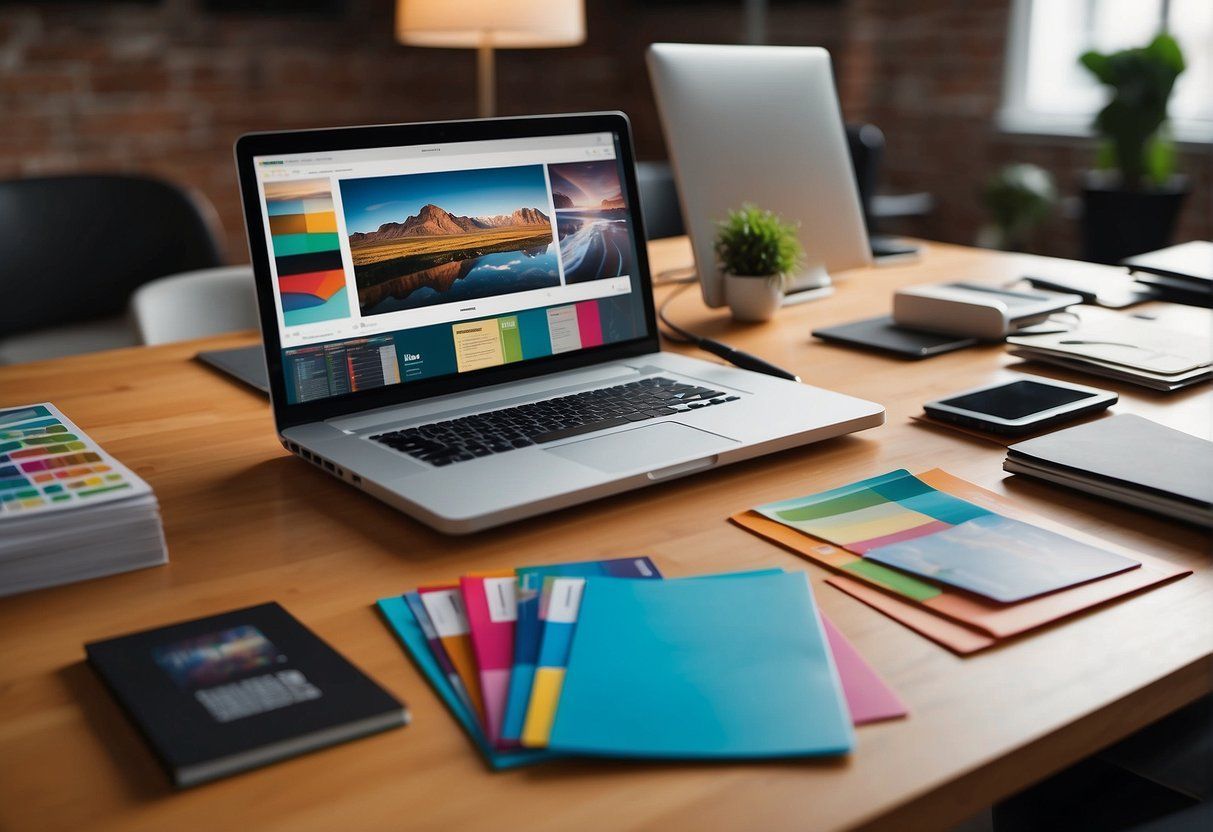
Design excellence in brochure creation hinges on the synthesis of visual elements and the strategic use of color, typography, and imagery to convey messages with impact. These visuals must align with the core aspects of brand identity to ensure consistent branding across all marketing collateral. Meanwhile, the content must be crafted to engage the reader, delivering clear and concise information that both informs and motivates action. The goal is to create an immersive experience that leaves a lasting impression on the reader, thereby enhancing the likelihood of converting interest into tangible results.
Finally, the printing process brings the digital design into the physical realm, where choices about paper quality, finishes, and folding can significantly affect the brochure’s feel and durability. By combining high-grade materials with precision printing techniques, marketers can produce brochures that not only look professional but also stand up to the rigors of distribution. Whether handed out at a trade show , displayed in a reception area, or included in a direct mail campaign, the physical quality of the brochure reinforces the message of quality and attention to detail that is paramount for any brand.
Understanding Your Target Audience
Crafting compelling brochures requires a deep understanding of the people they are intended for. One must analyze their preferences and demographics to ensure that the content resonates effectively.
Demographics and Preferences
Demographics provide tangible data about potential customers — their age, gender, income level, education, and occupation. Such statistics allow the designer to tailor the brochure according to what is most likely to appeal to this group. Preferences delve into the subtleties of what the audience likes and dislikes, encompassing style, tone, and messaging.
- Age range : 20-35
- Income level : $30,000 – $60,000
- Education : At least a Bachelor’s degree
- Occupation : Primarily professionals and tech industry workers
Preferences are revealed through:
- Survey data about design (e.g., minimalist vs. intricate)
- Focus groups discussing content relevance
- Market research on tonal approach (e.g., informal vs. formal)
Pain Points and Expectations
The brochure must address the pain points of the audience, the challenges and problems they wish to solve. It is crucial to understand these issues because the brochure should not only inform but also offer solutions that the target audience seeks.
Pain Points of a young professional audience might include:
- Need for time-saving services
- Seeking cost-effective solutions
- Desire for cutting-edge technological products
Expectations set the bar for what the target audience hopes to obtain from a product or service. The brochure should therefore align with these expectations by providing clear, relevant information that meets or exceeds the standard set by the audience.
- They expect quick and accessible information.
- They look for transparency and authenticity in the advertising.
- They value reviews and testimonials attesting to reliability.
Crafting Your Message
Crafting the message within a brochure involves aligning the content with the brand’s core values, attracting attention with a powerful headline, and engaging the reader with persuasive content.
Conveying Brand Values
A brochure should reflect a company’s brand values with precision and sincerity. Brand message is the fundamental ethos of the brand conveyed succinctly in the brochure. Consider the following aspects:
- Consistency : Message aligns with brand identity across all platforms.
- Authenticity : Stays true to the brand’s mission and vision.
- Relevance : Resonates with the target audience, addressing their needs and desires.
Creating a Compelling Headline
The headline is a brochure’s first point of engagement. It should be:
- Attention-Grabbing : Stand out and make the reader want to learn more.
- Benefit-Driven : Highlight the advantage or solve a problem for the reader.
- Concise : Keep it short and impactful.
A table to assess the effectiveness of a headline might look like this:
| Aspect | Goal | Headline Example |
|---|---|---|
| Clarity | Immediately understood | “Simplify Your Finances” |
| Emotion | Elicits a positive response | “Unlock a Lifetime of Adventures” |
| Unique Proposition | Showcases what sets you apart | “Lead the Pack with Advanced Tech” |
Developing Persuasive Content
Engaging and compelling content is key to persuading the reader to take action. Employ these strategies:
- Focused Messaging : Each section should have a clear point. Avoid cluttered information.
- Evidence-based : Reinforce your message with data, testimonials, and case studies.
- Call to Action : Direct the reader clearly on what to do next. Use imperatives and persuasive language.
Use a checklist to ensure persuasive content:
- Engaging : Captures interest with storytelling or intriguing facts.
- Credible : Establishes trust through expertise and evidence.
- Actionable : Encourages the reader to act with clear directives.
Design Elements That Engage
Engaging design elements are crucial for capturing and maintaining the attention of brochure readers. They contribute significantly to a brochure’s visual appeal and effectiveness.
Color Schemes and Typography
The choice of color schemes and typography play pivotal roles in brochure design. Color schemes must be selected to evoke the intended emotions and actions from the target audience.
- Bold Colors : Elicit attention and excitement
- Soft Pastels : Convey calmness and professionalism
Typography should complement the color palette, ensuring readability and maintaining interest.
- Serif Fonts : Suggest tradition and respectability
- Sans Serif Fonts : Offer a modern and clean look
Images and Graphics
Images and graphics significantly enhance a brochure’s visual appeal. High-quality and contextually appropriate images can convey complex information swiftly and effectively.
- Relevant Images: Support and clarify textual content
- Infographics: Simplify complex data into digestible visuals
The graphics should be strategically placed to guide the reader through the information in a logical sequence.
Layout and Visual Hierarchy
Layout and visual hierarchy dictate how the content is organized and the order in which it is noticed by the reader.
- Consistent Margins: Create a clean frame around the content
- Breaks and White Space: Prevent information overload and enhance readability
The visual hierarchy is established by using varied sizes and boldness of fonts to signify the importance of different elements.
- Headings: Larger and bolder to stand out
- Body Text: Smaller and less dominant, providing detailed information
The Print Process
The print process demands meticulous attention to detail, ensuring that brochures are not only informative but also aesthetically pleasing. The choice of materials, the employment of advanced printing techniques, and the consideration of different sizes and folds are crucial steps in the production of a high-quality brochure.
Choosing the Right Materials
Selecting the appropriate paper and ink is fundamental to brochure printing. The choice of material affects both the brochure’s feel and its durability. Options range from standard gloss or matte paper to more luxurious textured stock. Inks vary from the standard CMYK four-color process for vibrant images to PMS (Pantone Matching System) for precise color fidelity.
- Paper Types: Gloss, Matte, Uncoated, Textured
- Ink Types: CMYK, PMS, Spot Color, Metallic
High-Quality Printing Techniques
Investing in high-quality printing techniques is essential to produce crisp text and vivid images. Offset printing is renowned for its high image quality and is cost-effective for large runs. Digital printing, on the other hand, offers more flexibility with variable data and is economical for short runs.
- Offset Printing: Best for large quantities and high-quality images
- Digital Printing: Ideal for small quantities and customization
Sizes and Folding Options
Brochures come in a variety of sizes and folds, tailored to their intended use and content. Popular sizes include the standard 8.5″ x 11″, the compact 4″ x 9″ rack cards, and the sprawling 11″ x 17″ tabloid spread. Folds can transform flat sheets into engaging designs, with options like bi-fold, tri-fold, and gatefold making information easily digestible.
- Common Sizes: 8.5″ x 11″, 4″ x 9″, 11″ x 17″
- Folding Styles: Bi-fold, Tri-fold, Gatefold, Accordion Fold
Distribution and Promotion
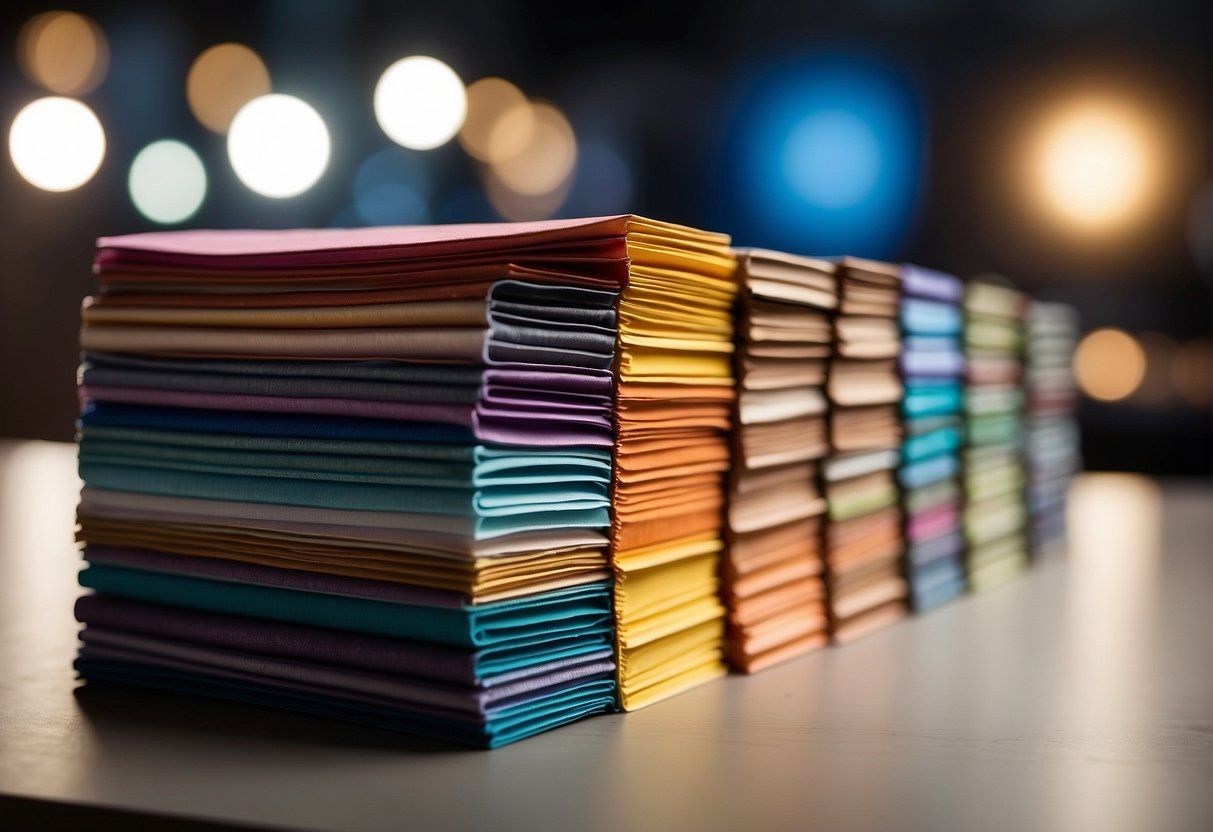
Once your brochure is ready, effective distribution and promotion are critical for maximizing its impact. A well-planned strategy ensures that your marketing materials reach the right audience at the right time.
Strategic Distribution Channels
Successful distribution hinges on identifying and leveraging the most appropriate channels. Targeted distribution through strategic partnerships and collaborations with businesses that share a similar customer base can extend the reach of your brochures. Additionally, placing them in high-traffic areas where potential customers frequent, such as shopping centers, hotels, or tourist information centers , enhances visibility.
- Trade Shows and Conferences : Events specific to your industry can be ideal for distributing brochures.
- Local Businesses Distribution : Collaborate with businesses to display your brochures on their premises.
Event Promotion and Direct Mail
Brochures can be a tangible take-away for attendees at various events . Being present at these events and engaging with the audience personally can also bolster the chance of your brochure being read. Direct mail, while traditional, remains an effective way to deliver your message right to the doorstep of your target market.
- Event Handouts : Ensure you have enough brochures at events to distribute to interested attendees.
- Mailing Lists : Utilize curated mailing lists to send brochures directly to a segmented audience.
Integrating with Digital Marketing
In today’s landscape, integrating print materials with digital tactics is not only beneficial but necessary. Using a website as a central platform for providing more in-depth information can extend the usefulness of a brochure. Including QR codes that link to digital content or interactive elements on your site encourages engagement and allows for the tracking of your brochure’s performance.
- QR Codes : Embed QR codes leading to promotional videos or exclusive online content.
- Social Media Teasers : Utilize platforms like Instagram or Twitter to tease brochure content and direct users to the full material online.
Frequently Asked Questions
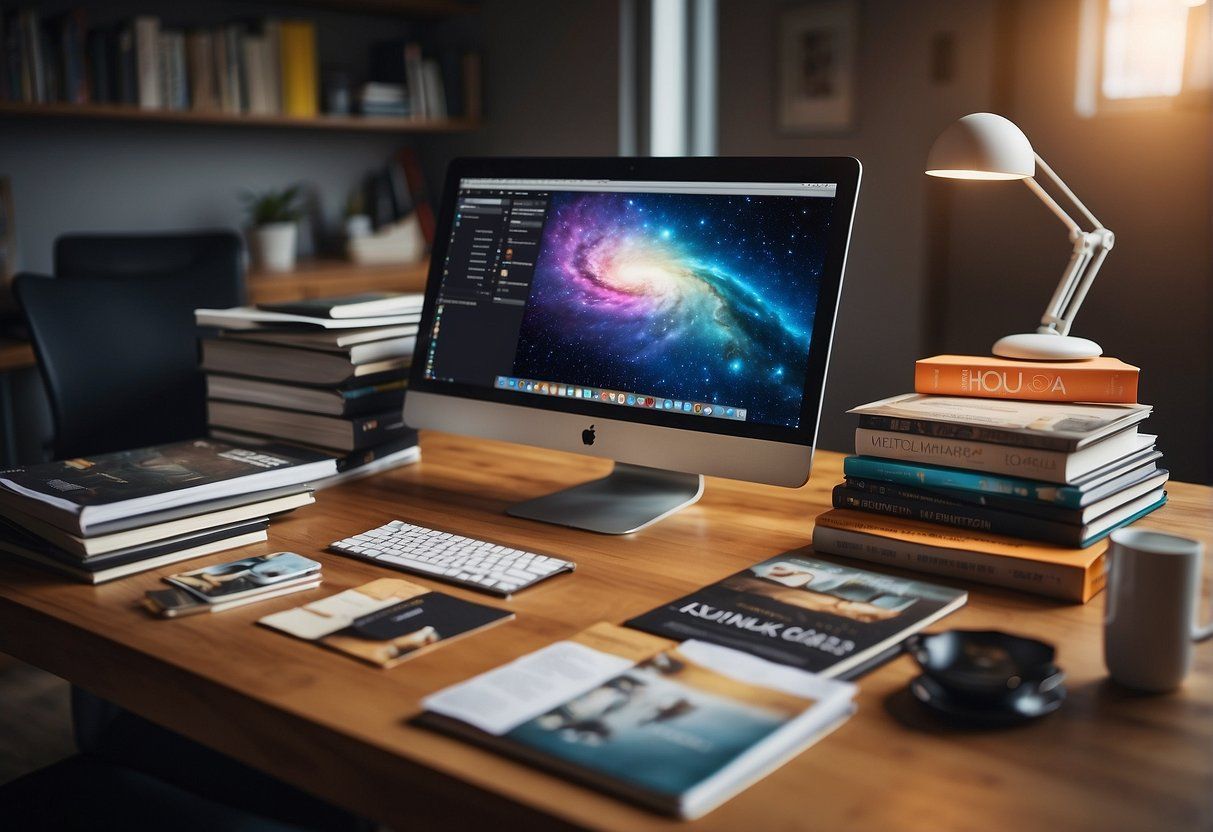
In creating compelling brochures, it’s crucial to address common concerns regarding design elements, readability, audience engagement, print quality, and the balance between aesthetics and information.
What are the essential elements of an effective brochure?
An effective brochure must include a clear headline, engaging visuals, concise content, a strong call-to-action, and contact information. These components should work together to convey the intended message and prompt a response from the reader.
How can visual hierarchy enhance brochure readability?
Visual hierarchy, established through size, color, and typography, guides the reader’s eye to the most important parts of the brochure. Larger fonts for headlines and color contrasts can attract attention to key areas, improving the flow and readability of the content.
What strategies work best for engaging a target audience through brochure content?
Engaging a target audience requires understanding their needs and interests. A brochure should speak directly to these points through relatable imagery, persuasive language, and benefits-focused messaging to capture and maintain the reader’s interest.
What are the key considerations when selecting paper quality and print techniques for brochures?
The selection of paper quality and print techniques should reflect the brochure’s purpose and audience. High-quality glossy paper can be used for image-heavy designs to enhance visuals, while durable matte paper suits text-centric brochures. Printing techniques like embossing or foil stamping can add a tactile element that grabs attention.
How does one balance aesthetic appeal with informational clarity in brochure design?
Balancing aesthetic appeal with information clarity requires a layout that is visually engaging without overwhelming the reader. White space should be used to prevent clutter, and typography should be legible with a logical structure, ensuring that design elements complement rather than compete with the message.
What role does color psychology play in the design of a brochure?
Color psychology can significantly influence a reader’s emotional response to a brochure. Choosing colors that align with the message and brand identity can evoke specific feelings and reactions, thereby enhancing the overall impact of the brochure.…
